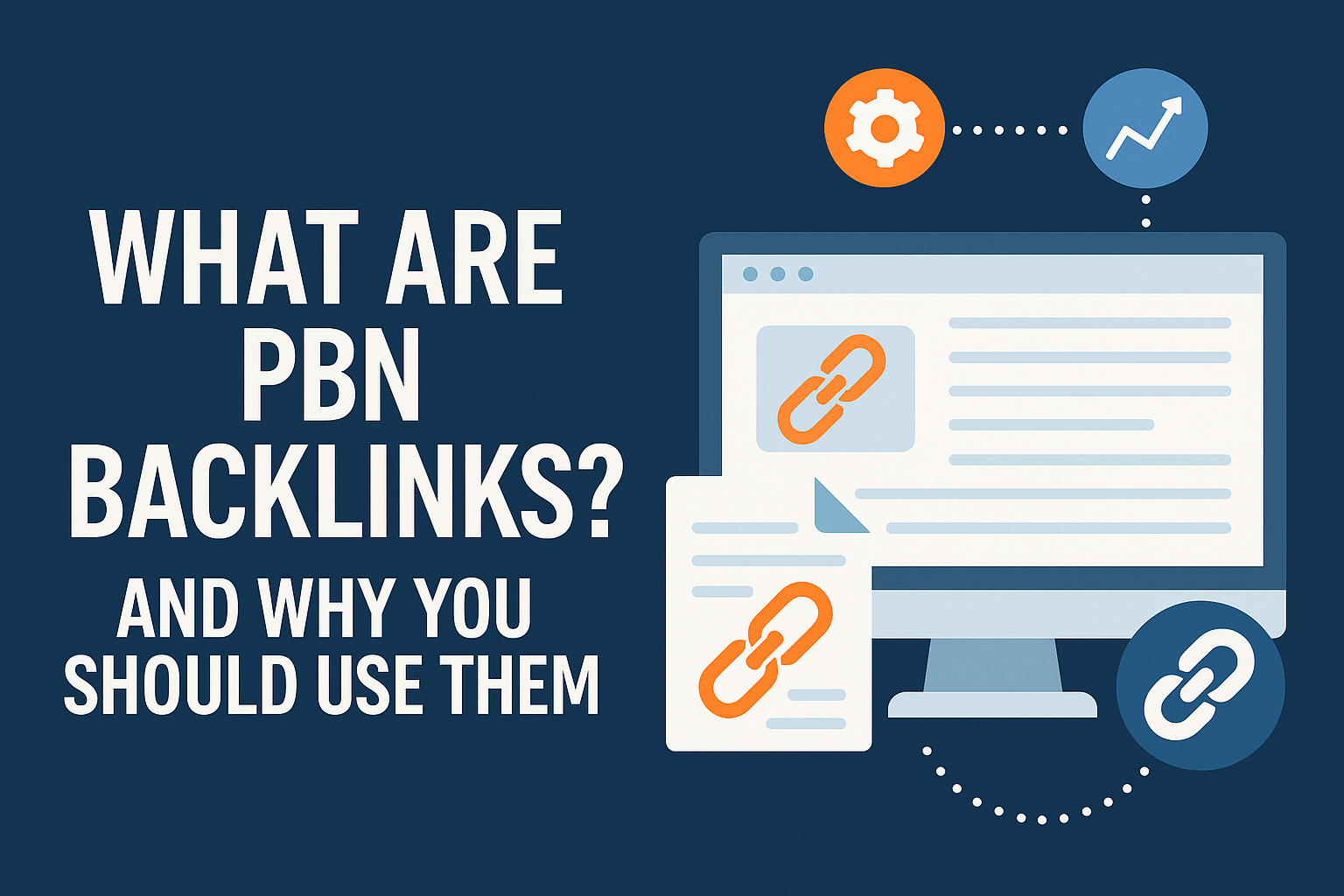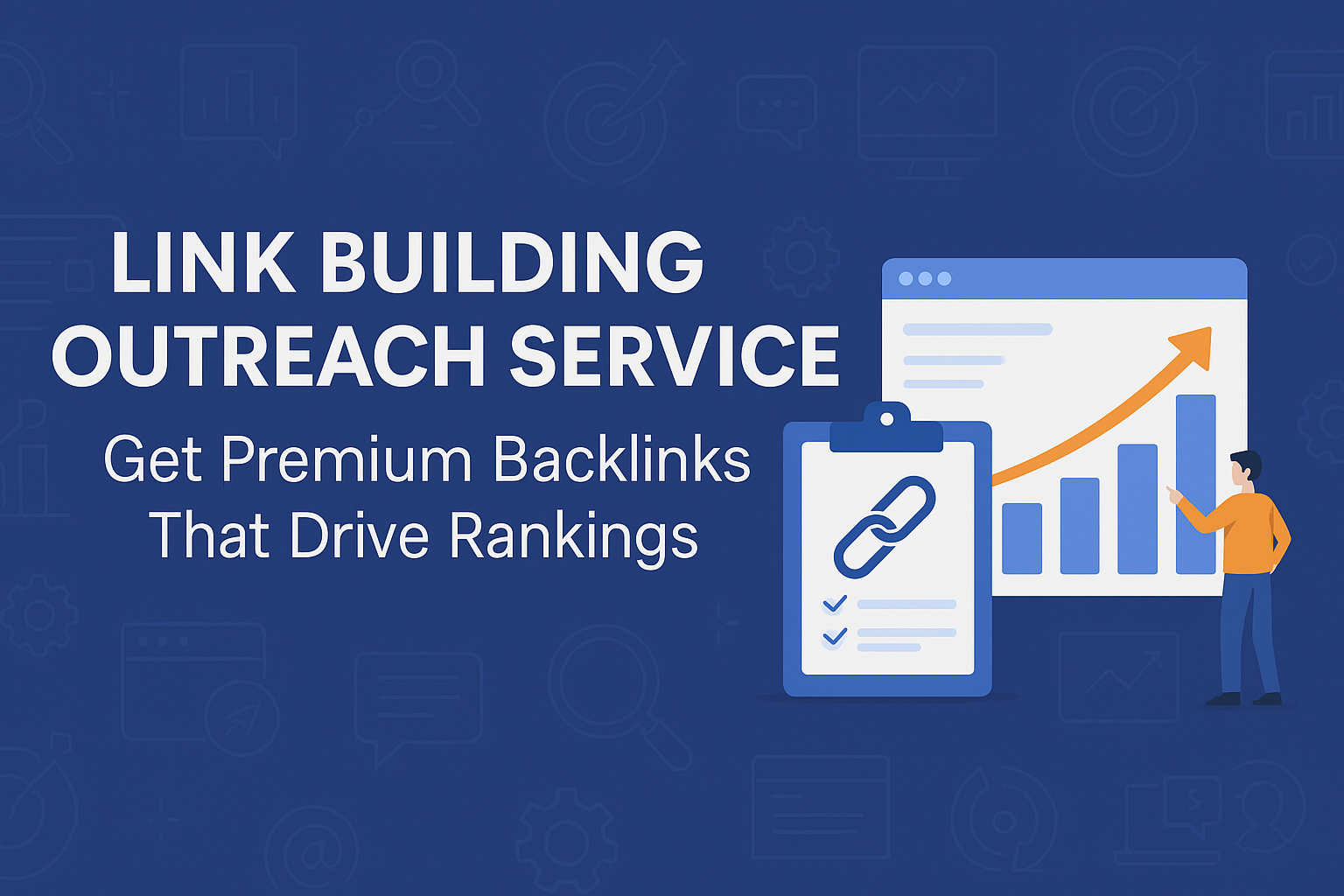🧠 Introduction
You’ve probably heard about PBN backlinks as a quick and easy way to climb Google’s rankings. Private Blog Networks (PBNs) promise fast results with minimal effort. But are they worth it?
In this post, we’ll explain what PBN backlinks are, how they work, and why you should steer clear of them if you care about long-term SEO success. We’ll also share real-world data, expert analysis, and actionable tips to clean up toxic links and build authority the right way.
❓ What Are PBN Backlinks?
PBN stands for Private Blog Network—a group of websites built to link to another site (usually your “money site”) in order to manipulate search rankings.
These networks are usually made up of expired domains with good backlink profiles. They’re rebuilt with generic content and then used to pass link equity to your target pages. On the surface, they look legitimate, but their sole purpose is to boost rankings artificially.
🔧 How Do People Build PBNs?
- Buying expired domains with existing authority
- Rebuilding those domains with WordPress or another CMS
- Hosting each domain on different servers to avoid detection
- Publishing minimal content and inserting links to your main site
It’s an elaborate and expensive process designed to hide connections between the sites and make the network look real.
❌ Are All Website Networks PBNs?
No. Not every group of websites under a single owner qualifies as a PBN.
Legitimate networks:
- Serve real audiences
- Offer unique content
- Exist for purposes beyond passing SEO juice
- Have distinct branding and business models
⚖️ Should You Build PBN Links?
Let’s break it down:
✅ Pros:
- Full control over links
- Fast implementation
- Avoids outreach
❌ Cons:
- High cost and complexity
- Major risk of Google penalties
- Short-lived results
- Often delivers low-quality traffic
- Can destroy your rankings overnight
Bottom line: The risks outweigh the rewards.
📢 Google’s Official Stance
Google considers PBNs a violation of its Webmaster Guidelines.
They classify them as link schemes and actively penalize websites involved in these manipulative tactics—both algorithmically and manually.
🚨 What Will Happen If You Use PBNs?
1. You’ll Waste Your Money
PBN link sellers often charge high prices for low-value links. These gains can vanish overnight if the network is deindexed.
2. You’ll Receive a Manual Penalty
Your site could be flagged in Search Console and drop in rankings. Recovery is slow and uncertain.
3. You Might See Short-Term Gains
Yes, you might rank quickly—but these gains are rarely sustainable. Google updates often target PBN strategies specifically.
🔍 How to Spot Toxic PBN Links
Use SEO tools like Ahrefs, Semrush, or Google Search Console to find links from:
- Unrelated or low-traffic blogs
- Rebuilt expired domains
- Sites with unnatural anchor text distribution
- Shared IP addresses or poor hosting
🧹 Removing PBN Links (The Right Way)
- List the toxic links using SEO tools
- Request link removals (optional and usually ignored)
- Use the Google Disavow Tool to neutralize them
Be selective—disavowing good links can harm your SEO.
🧠 Conclusion
PBN backlinks might look like a shortcut, but they’re a gamble with your SEO future. While they offer control and speed, the long-term risks—penalties, wasted budget, and lost trust—are too high.
Stick to white-hat strategies:
- Create high-quality content
- Build real relationships
- Earn links naturally
This approach may take longer, but it’s safer, smarter, and more sustainable in the long run.
📚 References
- Google Webmaster Guidelines
- Research from Ahrefs, Semrush, Moz
- Insights from Search Engine Journal and Backlinko
🧾 TL;DR — Should You Use PBN Links?
No. They’re risky, expensive, and outdated. Invest in long-term SEO strategies instead.








